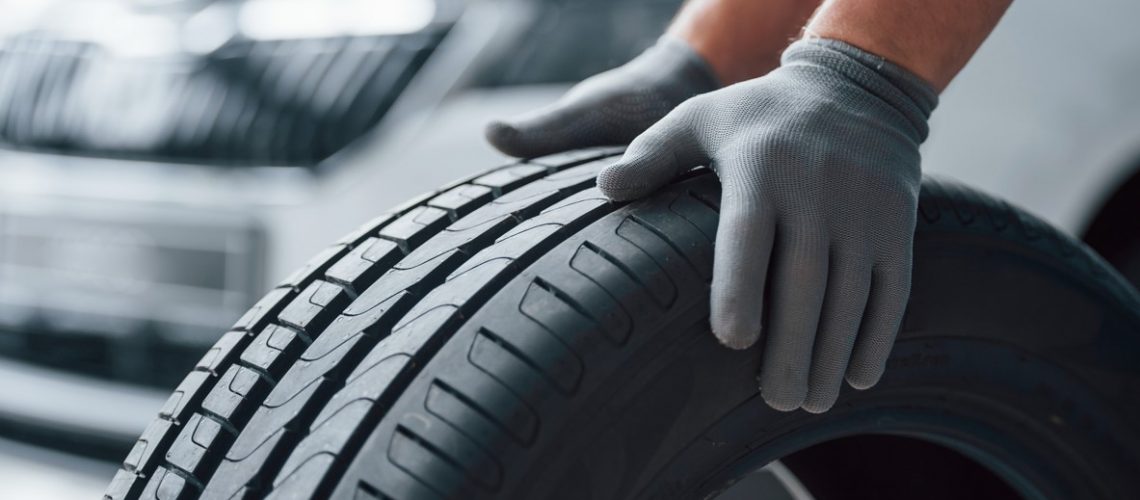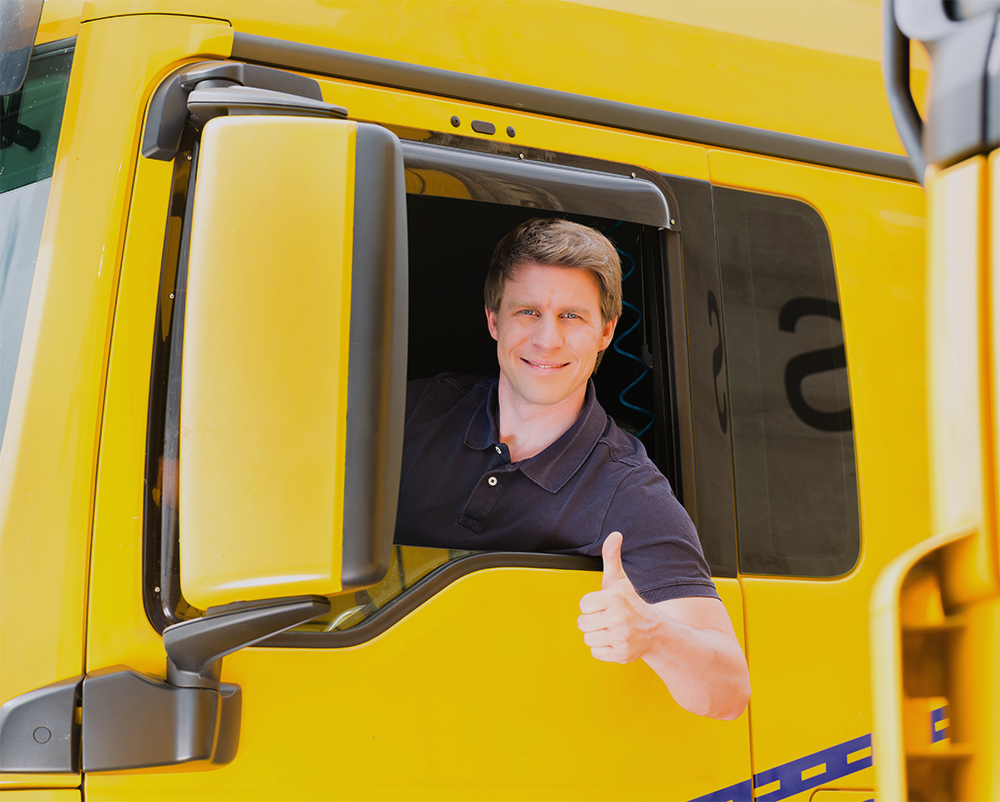You know everything about your shoes: size, proper footwear for sports, gala and casual occasions, fashion trends, and famous shoe designers, but ¿are you equally informed about tires, your vehicle´s footwear? Let´s check it out:
- Do you know the difference between wheels and tires?
- Can you “read” a tire?
- Do you know what tire fits your vehicle?
- Do you know the proper air pressure for your tires?
- Do you know the different types of tires?
- Do you know what is a tire made of?
- Do you know how often to renew your tires?
- Do you know how to change a flat tire?
It is probable all your answers were ambiguous: you know, but you don’t know. It is quite important to be well informed on this matter as it involves basic aspects of your life such as personal safety, fuel economy, efficiency, comfort, and wellbeing.
WHEEL AND TIRE ¿WHAT´S THE DIFFERENCE?
The wheels on a car consist of the rims and the tires. A wheel is a round object with a hub and an axle. Rim is a cylindrical wheel outer edge holding the tire on the wheel, supporting and sealing it. The tire is rubber ring-shaped around the rim.
¿WHAT IS A TIRE MADE OF?
The main element of tires is rubber, natural and synthetic. The first one comes from latex. The synthetic rubber comes from petroleum derivatives polymers. Other raw materials involved in tires manufacturing are steel, carbon, textile fibers, minerals, chemical compounds, among others
TYPES OF TIRES
Depending on the vehicle, the season of the year, and the road conditions, there are different categories, such as season tires, special for each weather condition; sport tires, for high-performance vehicles, track tires and off-road tires, for tough conditions, anti–puncture, trailer tires for more weight, airless tires and all–terrain, for any type of road and tires all–season, the most commonly used in passengers cars.
THE SYMBOLOGY OF TIRES
Tires come with very important data. With just a glimpse, you will be able to read the symbols and codes on the sidewall, containing vital information you should know about, such as width, height, and diameter, load, and speed index, safety standards, time of manufacture, code of the country where the tire was homologated, inflation pressure, max load, etc.
P stands for passengers cars – other letters are LT (Light Trucks) and ST (Trailers)
215 is the width from side to side, meaning 215 millimeters wide.
65 is the aspect ratio, meaning the height of the tire is 55% of 215. The larger the aspect ratio, the larger the sidewall of the tire.
R stands for radial, the construction of the tires: layers run radially through the tire. Other letters are D (Diagonal, meaning layers run diagonally) and B (Bias belt)
15 is the diameter of the wheel in inches.
95 is the Load Index of the tire. In this case, the tire must not exceed 690 kg (1,500 lb.)
H indicates the maximum speed, in this case, 95 (210 in Km/h)
M + S suitable for Mud and Snow
WHEN TO REPLACE YOUR TIRES
It is advisable to replace your tires when the depth tread is worn down or too low, or every 4-6 years, depending on your driving. The four-digit date code preceded by the initials DOT (Department of Transportation) tells you when your tire was manufactured. The first two numbers stand for the week and the other two for the year (Ex.:3912 means it was manufactured in the 39th week of 2012).
PROPER AIR PRESSURE FOR YOUR TIRES
Find the information on the door of your vehicle or in the owner´s manual, the one you should follow, for there is a difference between this specification and the one listed on the tire, which is the maximum pressure it can hold.
CHANGING A FLAT TIRE
You will need a jack, lug wrench, and, of course, a spare tire. Find a safe place, use your hazard lights, lose the lug nuts counterclockwise, put the jack under your vehicle and raise it, unscrew the lug nuts, remove the flat tire and replace it with the spare, tighten the lug nuts by hand, lower the vehicle and finish tightening the lug nuts, then lower the vehicle.
M&M VEHICLE TRANSPORT RECOMMENDS:
Be smart, keep your tires in good condition; it´ll save you money and unnecessary risks.
Have your tires checked every 15.000 km or whenever you hear or feel unusual sounds or vibrations in your car.
Don´t go for the cheapest tires; always buy products with high-quality standards; they will cost a little more but let´s remember it is your safety at stake.
For long trips, don´t wear out your vehicle and tires, give us a call: M&M VEHICLE TRANSPORT 877 957 4878.



